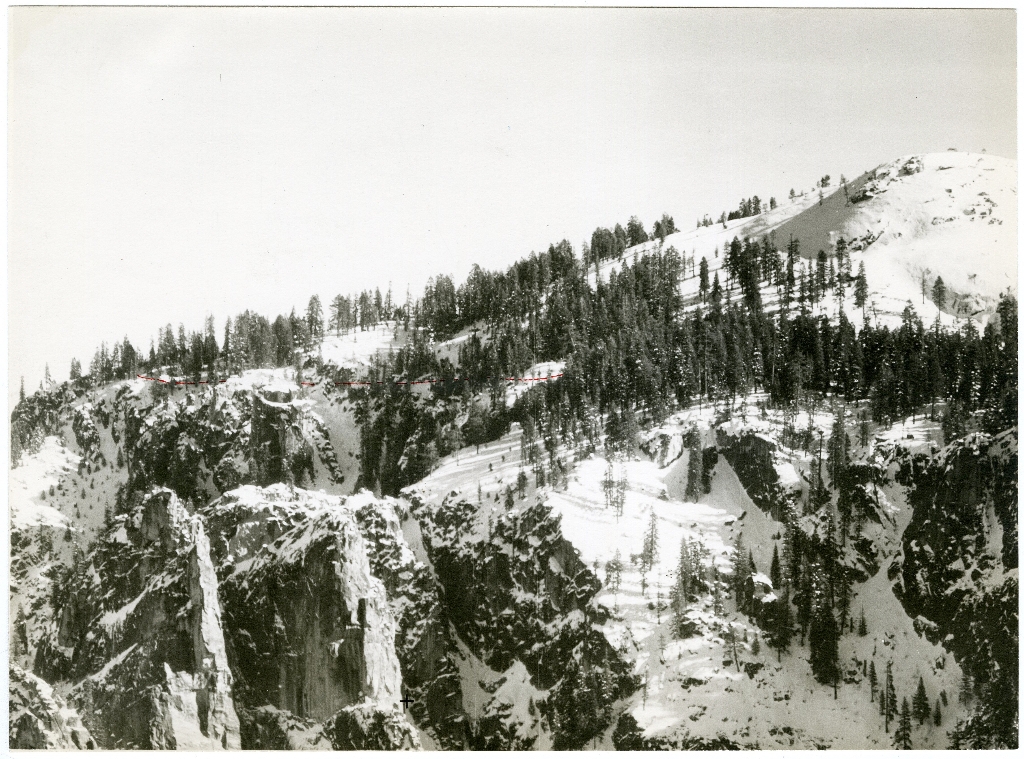
Frederick Law Olmsted didn’t arrive at Yosemite for a vacation but was here to work; he took over as the general manager for the Mariposa gold-mining estate. Many thought he was crazy to leave behind his landscape architecture work, and his father made sure Frederick knew his displeasure over the move. However, at the time no one could have known that this move would set the stage for the creation of parks from the natural domain.
A year after his move to California, the state had secured a grant deeming Yosemite Valley and the Mariposa Big Tree Grove inalienable parkland. A commission was formed to oversee the creation of the public preserve, with Olmsted serving as Superintendent and Chairman.
Another year would pass before Olmsted wrote his report on Yosemite Valley and Mariposa, stressing the uniqueness of the valley, not because of the towering cliffs, but because of the union of the entire landscape, and the experience of taking it all in, uninterrupted.
Olmsted wrote his report for Yosemite and Mariposa with a distinct eye for the times; the Civil War was over and he was expanding upon Lincoln’s vision for a broader, more inclusive interpretation of democracy as he wrote the foundation for our national park system.
Like father, like son, Olmsted Jr. would join in on his father’s fight 50 years later when asked to refine his father’s work and address the need for a new bureau to manage scattered parks and monuments. This would start a 6-year correspondence, culminating in Jr.’s writing of the Organic Act, which would help solidify the creation of the NPS, keeping great natural wonders in the hands of the people.
Is there something we missed for this itinerary?
Itineraries across USA


















































